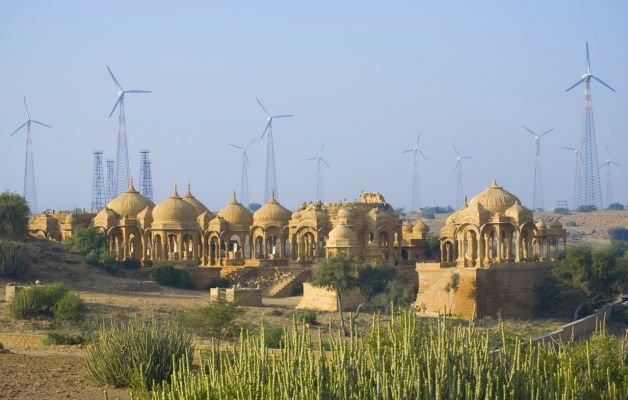In recent years, wind power has gained greater popularity as an efficient, sustainable alternative to fossil fuels. Wind farms have started dotting coastlines and mountaintops across the world, and by now you’ve probably noticed their distinct design.
So why do wind turbines have three blades, as opposed to fewer or more? The answer lies in the engineering behind wind power, and how to maximize yields of energy.
The design and utilization of turbine blades is a delicate science, and one that relies on a number of factors such as aerodynamics and air resistance.
A single blade design for a wind turbine would make it very efficient as lesser number of blades would reduce the spinning mass and drag, allowing more efficiency.
However, an unbalanced spinning mass would cause excessive stresses on the bearings, shaft and other components and the design would be plagued by vibration and resonance that would probably cause the machine to self-destruct at moderate speeds.
Two-bladed wind turbines are more prone to a phenomenon known as gyroscopic precession, resulting in a wobbling.
Higher blade counts will reduce the imbalance significantly, permitting safe operation at higher speeds but will come with a weight penalty, greater cost, higher manufacturing costs to dynamically balance the turbine and finally increased drag, reducing efficiency.
So a three blade design offers the best compromise in managing the conflicting requirements of wind turbine designs. Turbines designed with three blades are the ideal compromise between high energy yield and greater stability and durability of the turbine itself.
Reference- Quora, Interesting Engineering, Engergy Education
